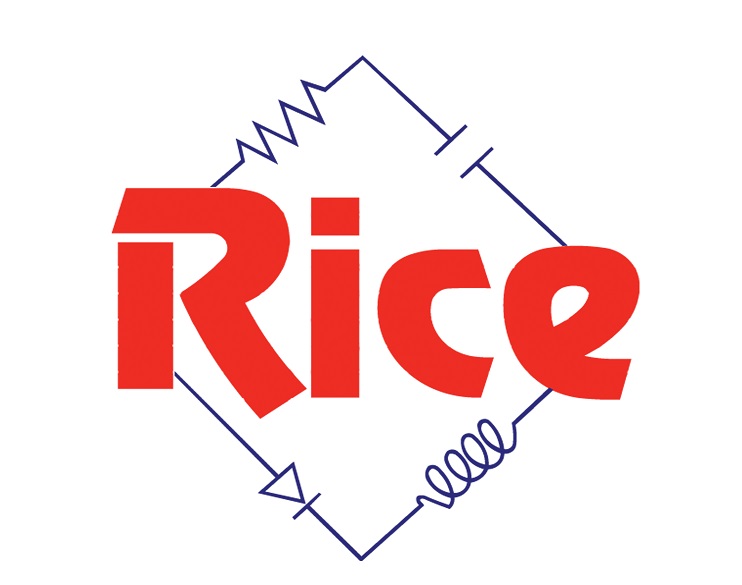Oilfield GMDSS

The GMDSS system of the International Maritime Organization (IMO) standardizes and co-ordinates all distress alarming systems and procedures world-wide. This also includes the drawing up of regulations for the technical data of devices as well as the creation of regulations for maritime equipment.
The GMDSS utilizes both satellite and terrestrial (ie: conventional) radio systems.
Sea Area A1 requires short range radio services – VHF is used to provide voice and automated distress alerting via Digital Selective Calling (DSC).
Sea Area A2 requires medium range services – Medium Frequencies (MF – 2 MHz) are used for voice and DSC.
Sea Areas A3 and A4 require long range alerting – High Frequencies (HF – 3 to 30 MHz) are used for voice, DSC and Narrow Band Direct Printing (NBDP – aka radio telex).
Equipment requirements vary according to the area the ship is trading to or through. Accordingly, it is quite possible that a small 300 ton cargo vessel may carry the same amount of communications equipment as a 300,000 ton oil tanker, if they are both operating in the same area… this is a marked change from the pre-GMDSS systems.
